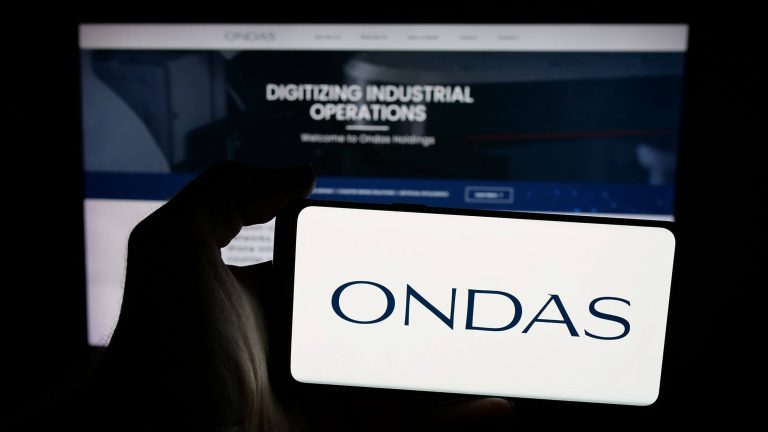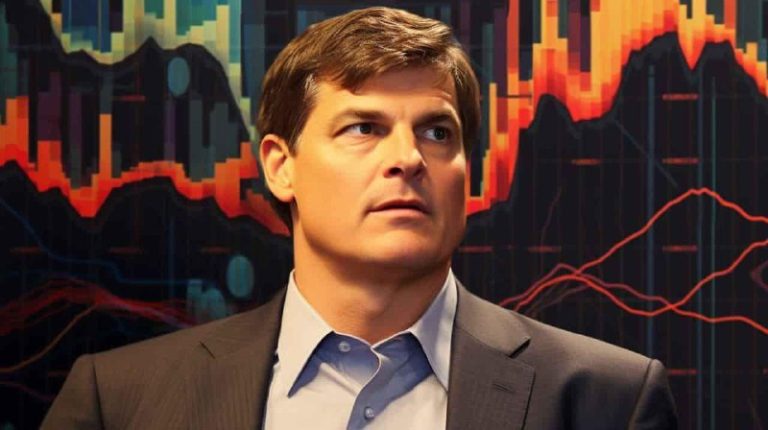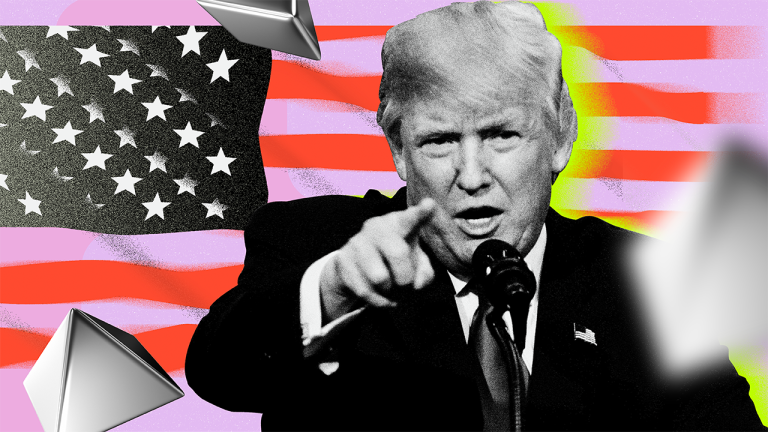
Introduction
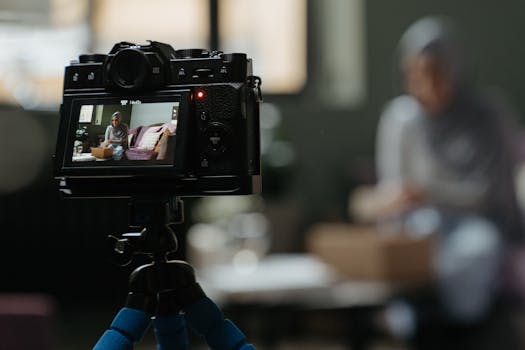
The magic of movies and television shows captivates audiences and transports us to different worlds, but what’s often hidden from the viewer’s eye is the intricate web of behind-the-scenes work that goes into every production. From casting directors to cinematographers, each role is crucial in creating iconic scenes that remain etched in our memory. This article explores some of the most fascinating aspects behind popular films and series, illuminating the artistry and labor that contribute to the stories we cherish.
The Importance of Casting
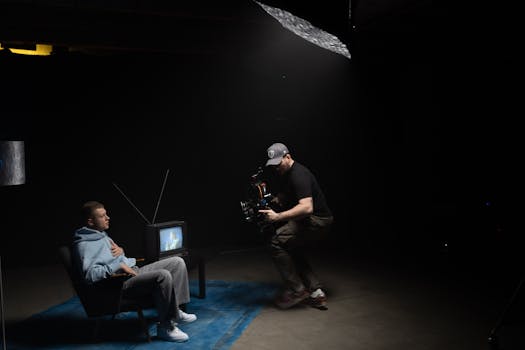
One of the foundational elements of a film or series is the casting process. It can be exceedingly complex as the right actors bring characters to life and resonate with viewers. Auditions often involve rehearsals and readings where actors are evaluated not just for their talent but also for their chemistry with cast members. Some performances you know and love may have had numerous audition rounds before finding the perfect fit. Behind the curtain, casting directors strategize every detail to ensure a cohesive and engaging cast.
The Magic of Production Design
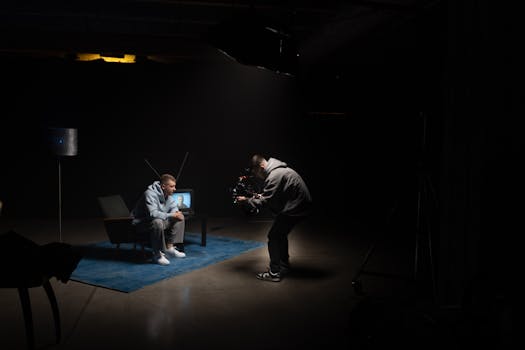
Facility creativity and innovation flow through production design—the art of creating the visual environment in which the story unfolds. From selecting locations to designing set pieces that convey the story’s time period and theme, production designers play a pivotal role. Architectural aesthetics, color grading, and even props help craft a visual narrative that is unique to each film or series. Some iconic sets become part of pop culture, reminding us of our favorite stories just by their striking imagery.
Directors and Their Vision
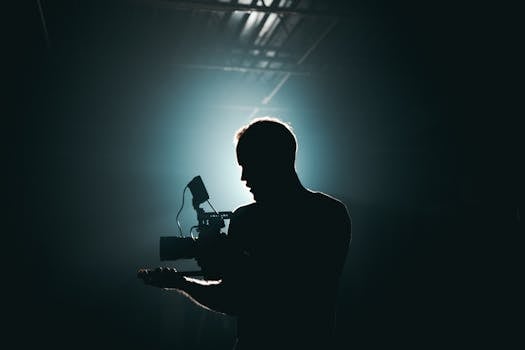
Each director shapes the personality and journey of a film or series according to their artistic vision. Directing involves guiding the actors’ performances, collaborating with the cinematographer to create visually stunning shots, and even working with editors to finalize the final cut. Famous directors often maintain a consistent style, leading to recognizably unique storytelling methods—think of Quentin Tarantino’s dialogue craft or Christopher Nolan’s narrative structures. Their insights and beliefs infuse the story and profoundly impact how audiences experience character arcs.
The Crew: A Symphony of Talent
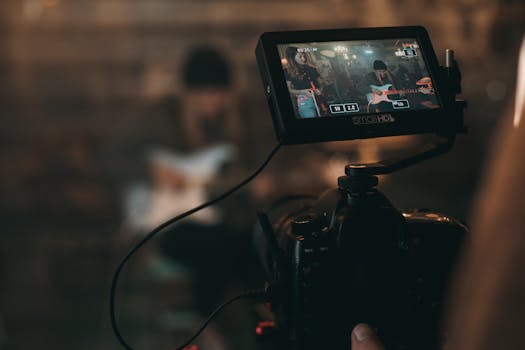
Beyond the visible actors, it’s essential to acknowledge the remarkable crews working tirelessly behind the scenes. Makeup artists, stunt coordinators, and special effects teams play indispensable roles in perfecting each scene and ensuring safety during shoots. Many crew members fulfill niche functions with notable expertise, like voice coaches or period consultants, who enhance the cultural authenticity of productions. It’s the determination and combined efforts of everyone—starting from the makeup department to the final editors—that forge a successful project, blending creativity and technical precision into storytelling.
Conclusion
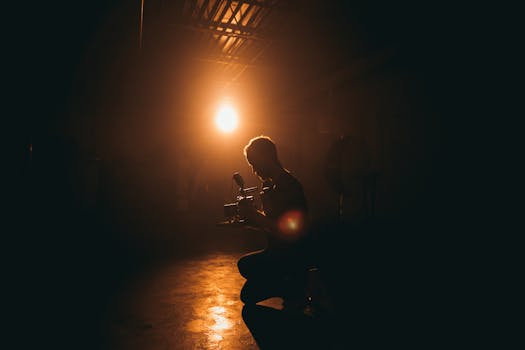
Seeing our favorite films and series doesn’t just invoke emotional responses; they represent marriages of epic collaborations between highly skilled professionals. From casting an extraordinary ensemble to their visual harmony provided by set designers, and the cohesive filmmaking approach directed by visionary minds, every element plays a role in the larger narrative. As audiences, the more we know about the incredible work happening behind the scenes, the more we can appreciate not just the finished product but the journey taken to create it.



